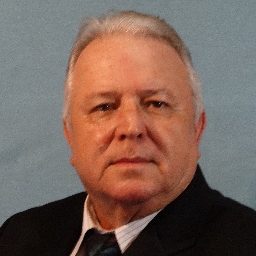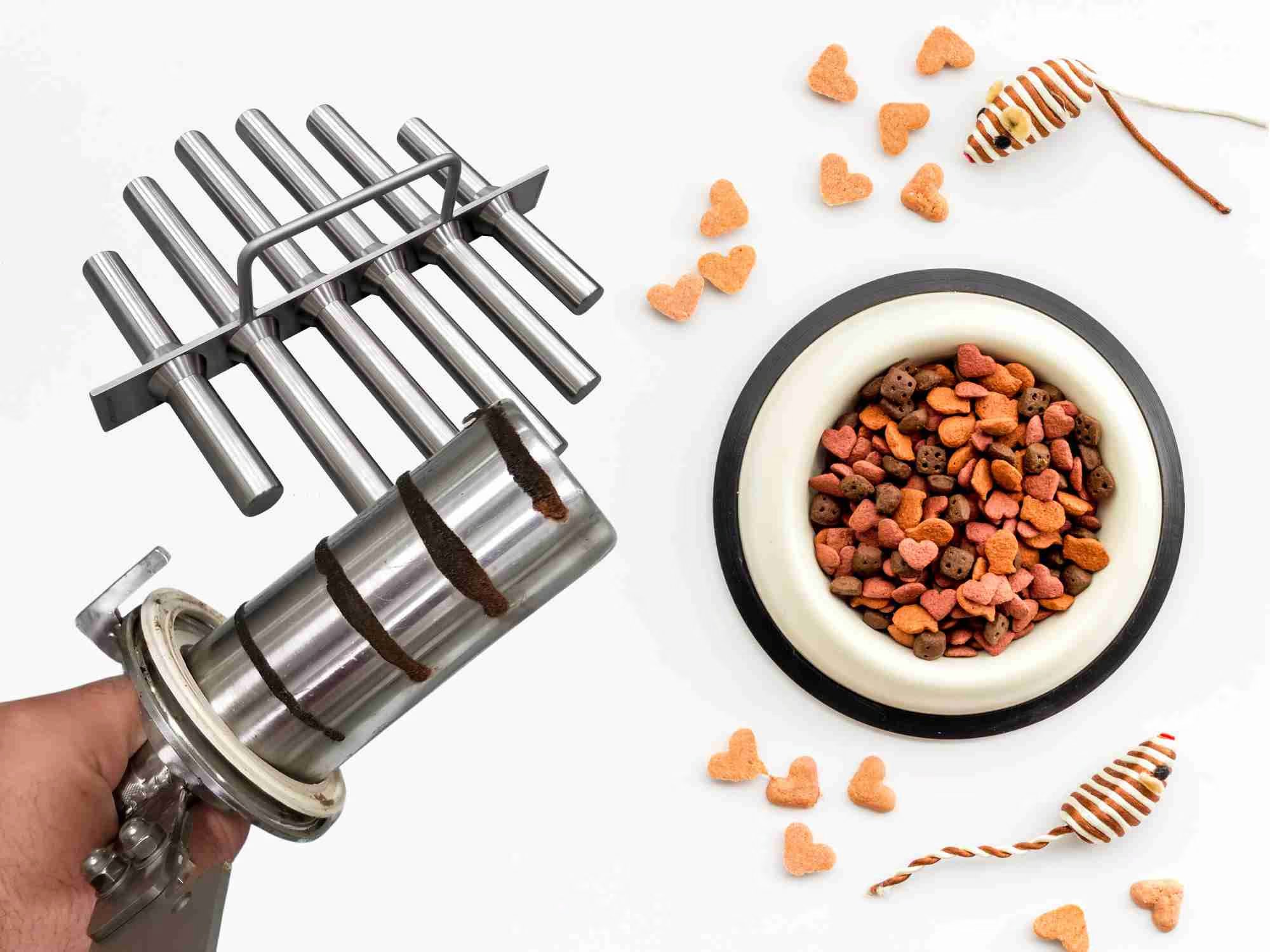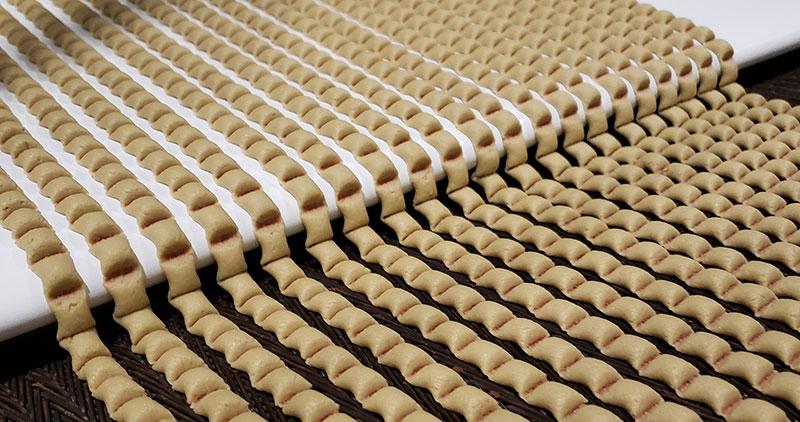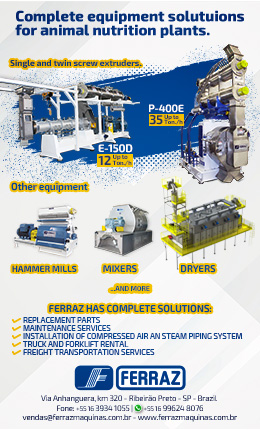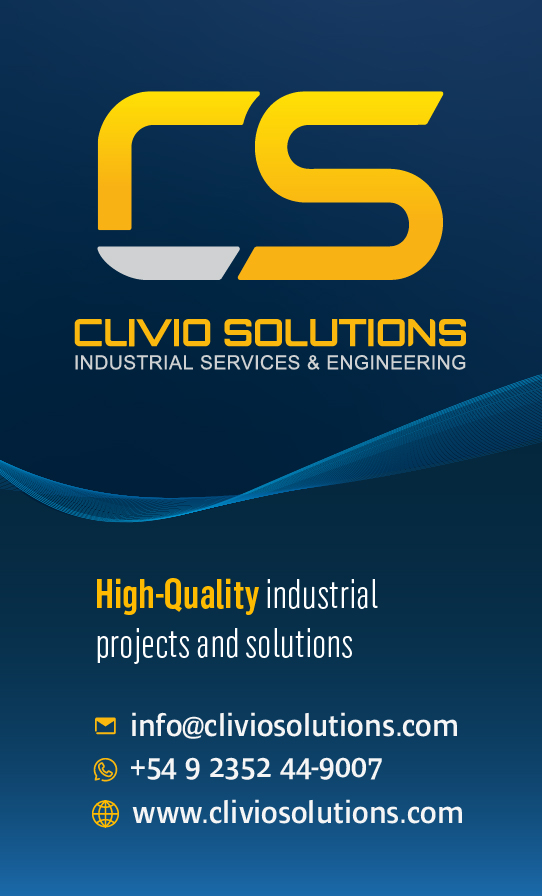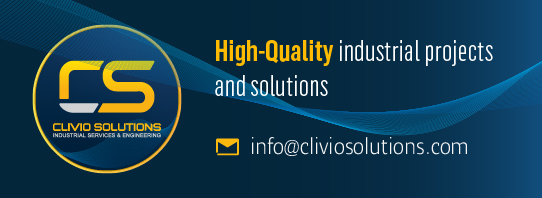However, INDUSTRY 4.0 is not just about automation. In the "Smart Factory" the team interacts with others and also with the human being.
It had its origins marked in 2011 by the government of Germany, with the launch of the concept of "HIGH TECHNOLOGY STRATEGY" which, through decentralized processes, use of automation, information technologies and controls, intended to make factories more competitive German women practicing the following:
- INCREASED PRODUCTIVITY - TO PRODUCE MORE AND BETTER, WITH GAIN IN EFFICIENCY AND REDUCING / ELIMINATING HUMAN INTERFERENCE.
- COSTS REDUCTION.
- THE FASTEST EVOLUTION OF THE PROCESSES.
- STRATEGIC ADVANTAGES - MORE AGILITY TO ANTICIPATE NEW TRENDS.
The trend is that there will be a reduction in manual tasks, and certainly a change in the profile of Factory 4.0 employees.
THE PROFESSIONAL NEEDED FOR INDUSTRY 4.0:
- Multidisciplinary and restless
- With self-learning initiative
- New labor relations: relaxation of labor laws
- Gig economy': self-employed workers
- Technical knowledge
- Emotional intelligence
- Analytical view
- Adaptability
We can exemplify and try to summarize what "Industry 4.0" is using the figure of a pyramid with 6 Levels or levels, ranging from Level 1 - FACTORY FLOOR - CONTROL, ACTIVATION, AUTOMATION AND TELEMETRY, to Level 6 - Interaction with the ERP, which is the management software of the company, as a whole.
There are six levels of interaction, starting at the Base (LEVEL 1) with "Drives, Instrumentation and Telemetry", which provide data for LEVEL 2 - Monitoring, Control and Production Operation, and which together with the inputs of the SOPs and Regulations The instructions establish quality assurance and service (LEVEL 3).
LEVEL 4 (CERTIFIER REGULATIONS) does (record-evidence) automatically everything that external Certifiers require, practically eliminating paper records.
LEVEL 5 is the monitoring of the Plant that produces the information to CONTROL (Act on) the conditions that result in certain desired Performances:
- KPI: key performance indicators.
- OEE - Overall Equipment Efficiency (OVERALL EQUIPMENT EFFICIENCY / Effectiveness).
- OPE - General effectiveness of the process (EFFICIENCY / GLOBAL EFFECTIVENESS OF THE PROCESS).
- DMS - DOWNTIME MANAGEMENT SYSTEM - Essential to establish the General Efficiency of the equipment.
Over time these acronyms will disappear ... don't worry ...
I don't want to take the charm off these beautiful new made-up acronyms, but these 4 performance indicators have already been included in REPORT 613 by Ralston Purina Company for over 70 years.
Those who are reading this article and during their career had to complete Reports 613 (General efficiency of equipment, processes and lost time and their causes); Report 61 (Hour H.); Report 406 (Maintenance) and Report 21 -Security, but you know what? ... we didn't have internet and the level of automation was non-existent ... batch and manual dosing, with push buttons.
As instrumentation in the process, we had rotating levels, the frequency converters had not yet emerged; instead we use variable diameter pulley belts.
The Internet in the early 60s and 70s was still very far in the future, machines did not communicate with each other and neither with us ... and that is why we produced a lot of paper.
LEVEL 3 that now shows the pyramid in the illustration (Quality control and assistance to IN) were made with consultations to the "IP" = Internal Procedure); Quality control manual; Engineering and Accounting Procedures Manual.
Four stacks added together would form a stack almost half a meter high ... I can't forget to also mention the Standards for Ingredients and Finished Products, and the Complete Sales and Distribution Manual ...
But I must sadly point out that despite having Ethernet in the factory, the vast majority of small and medium-sized PET factories do not even have these Operation Manuals, limiting themselves to the mandatory GMP Manual.
Forgive me for this "back to the past", but today it is much easier to put the factory in "Industry 4.0" mode. It's just a matter of wanting to do it.
Returning to the indexes:
OEE- (Overall Equipment Effectiveness)
Overall effectiveness of the equipment: It is the measure of 3 factors:
- AVAILABILITY
- PERFORMANCE
- QUALITY
Availability: is the amount of machine uptime during a scheduled period (availability = uptime / scheduled time)
Quality: is the number of good quality units produced (without rework or defects) divided by the total number of units produced during a scheduled run. (quality = good units / total units)
Performance: is a measure of the performance of the machine in relation to its design capacity. The equation to calculate the OEE is:
OEE = D x Q x P
Still at level 5 of the pyramid:
DMS (downtime management system)
- (Lost time management system)
- It is part of the "OEE"
- Collect data and help identify the causes of production inefficiency.
KPI (KEY PERFORMANCE INDICATOR)
- (INDICATOR - PERFORMANCE KEY)
The main function of a KPI is to measure the performance of A SECTOR, A COMPANY OR A STRATEGY.
What is the difference between KPI and metric?
Despite the similarity, do not confuse KPIs with metrics (MEASURES). Metric is everything that can be measured, metrified. In other words, this is data that may or may not be relevant to your business decision-making process.
These data, by themselves, do not indicate whether an action or strategy is achieving the expected results.
CHANGE ALREADY HAPPENING ...
From "General Equipment Effectiveness" (OEE) to General Process Effectiveness (OPE = General Process Efficiency or EFFECTIVENESS).
The OEE is designed to present a picture of the performance of the machines, the OPE broadens the perspective to explain what is happening around the machines. Fundamentally, the PEO is responsible for one element that is missing from the OEE: the human being.
What is the OPE? (OPE = overall EFFICIENCY of the process)
The OPE is responsible for the full range of variables and steps that affect a manufacturing process; It is an end-to-end account of the value stream.
Basically, the OPE integrates the data of the machine with the responsibility of what happens around the machines. It is a representation of human action and machine performance.
Previously, one of the tools used for this was the MTM -Methods, Times and Movements ... as you can see, nothing very new in the 'Eastern Front ... (mention of the First World War).
It is obvious that if we have implemented the 5 LEVELS of the pyramid, then the communication with the ERP (Company Control Software - Level 6) will bring fantastic benefits in the administration of the business.
Purchasing and logistics will have timely information for all decisions that contribute to the competitiveness of the Company;
The results of the analysis will be ready for the Formulator immediately after they have been obtained (Low Cost Formulation); Inventory Control / Accounting will have a better ability to contribute to customer service logistics in addition to facilitating the delicate task of "Pricing" and the resulting control of contribution margins by product ....
If your company is not yet on track to achieve Industry 4.0 status, I suggest you step up.
HUG AND SUCCESS!!!
Source: All Pet Food
You could be interested: RBS Baked Pet Food Systems: Optimized, Automated Solutions for Baked Pet Treats and Baked Kibble (Part 2)
About author
José Fernando RaizerSince April 2002 - Director of Raizer Consultoria, Projetos e Formaçãos ltda. Member of the Technical Committee of the Brazilian College of Animal Nutrition. Speaker at the Brazilian College of Animal Nutrition - CBNA Author of periodical technical articles for the magazines PET FOOD BRASIL (Editor Stilo), INDUSTRIAL POULTRY AND INDUSTRIAL SWINECULTURE (Editor Gessuli), and ALL EXTRUDED MAGAZINE, Argentina. From March 1994 to September 2001: Production and Engineering Director at Agribrands PURINA BRASIL (7 Factories). From October 1986 to February 1994 Regional Director (Business Units) in the Midwest and Rio de Janeiro regions (Purina plants in Ribeirão Preto, Inhumas and Volta Redonda) - Brazil Education: Chemistry (ETECAP), Administration with specialization in Systems Analysis (PUCC), Specialization in Process Engineering for the production of animal nutrition at Checkerboard Square Plaza – Ralston Purina – Saint louis, USA
Publisher Contents
Manufacturing Process
20/02/2025
RBS Baked Pet Food Systems: Optimized, Automated Solutions for Baked Pet Treats and Baked Kibble (Part 1)
02/10/2024






